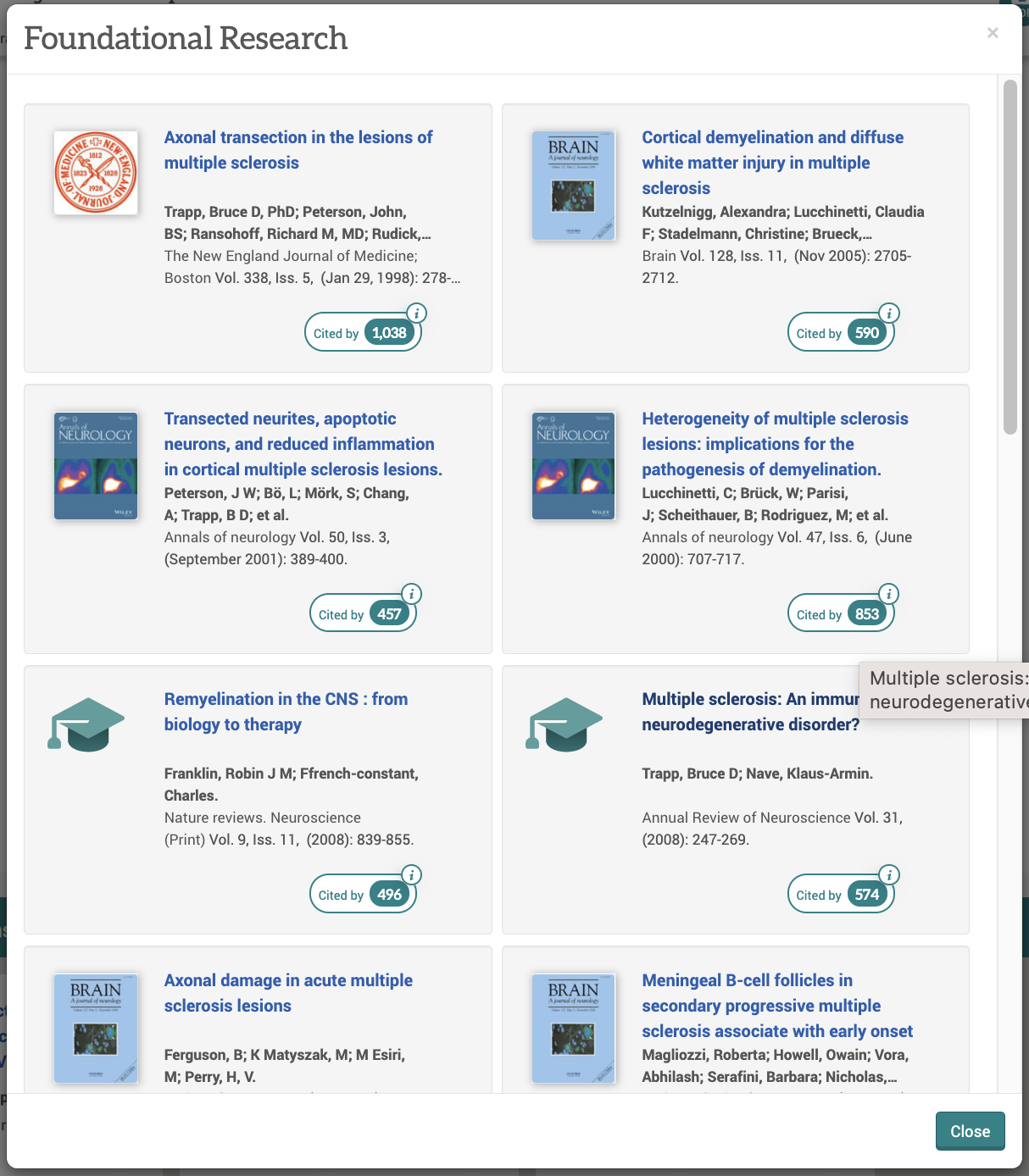Proquest
27 Articles
From:
To:
ProQuest Improves the Value of Dissertations for Researchers with New Citation Analysis Capabilities
ProQuest Dissertations & Theses Global is a searchable collection of more than five million dissertations and theses from universities worldwide. Now a breakthrough new feature makes it even easier for users to find high-quality information about the topic they’re studying.
College Student Library Usage Survey Report
LJ surveyed over 400 U.S. college students to measure how they use and value their university/college library. The results, from the perspective of community college and 4-year university/college students, are broken down by type of institution, online or in-person learning environments, and broad fields of study: Humanities, STEM, and Business/Education.
O’Reilly for Public Libraries Meets New Demands on Workforce Development
According to a February report, “The Future of Work after Covid 19,” by management consulting firm McKinsey & Company, the pandemic accelerated existing trends in remote work, e-commerce, and automation, with up to 25 percent more workers than previously estimated potentially needing to switch occupations.
Three Trends Shaping the Future of Libraries
Libraries have experienced dramatic changes in the last several years as a result of COVID and other external forces. As librarians look ahead to the future, here are three key trends that will shape their needs going forward.
Controlled digital lending can improve remote access to library materials
For years, libraries have struggled with how to make and lend digital copies of their print materials without violating copyright laws.
How Libraries Can Increase Student Engagement with Course Materials
When college students engage with course resources consistently, they have more academic success. Yet, a 2016 research review suggests that fewer than 30 percent of students, on average, complete the required reading for their courses.
How Libraries Can Become Essential Partners in Academic Research
A university’s research output is only beneficial when others can easily find it. This is where libraries can add tremendous value to the research process: By leveraging their expertise in collecting, organizing, and making information easily discoverable, academic libraries can help raise the profile of their institution’s research
Diversity, Equity, and Inclusion in Research and Learning
The events of 2020 have sparked an awakening to long-standing inequalities in our society. As a result, students and researchers are looking to their libraries and universities for insights and information from a wider variety of perspectives, including those of people who have been historically marginalized.
The Impact of Remote Learning on Campus Libraries
Shifting instruction and campus services entirely online in a matter of days in response to the COVID-19 pandemic was a near-Herculean feat for the nation’s colleges and universities. But for institutions that have developed robust and forward-looking library programs, the transition has proceeded more smoothly.
ALREADY A SUBSCRIBER? LOG IN
We are currently offering this content for free. Sign up now to activate your personal profile, where you can save articles for future viewing










